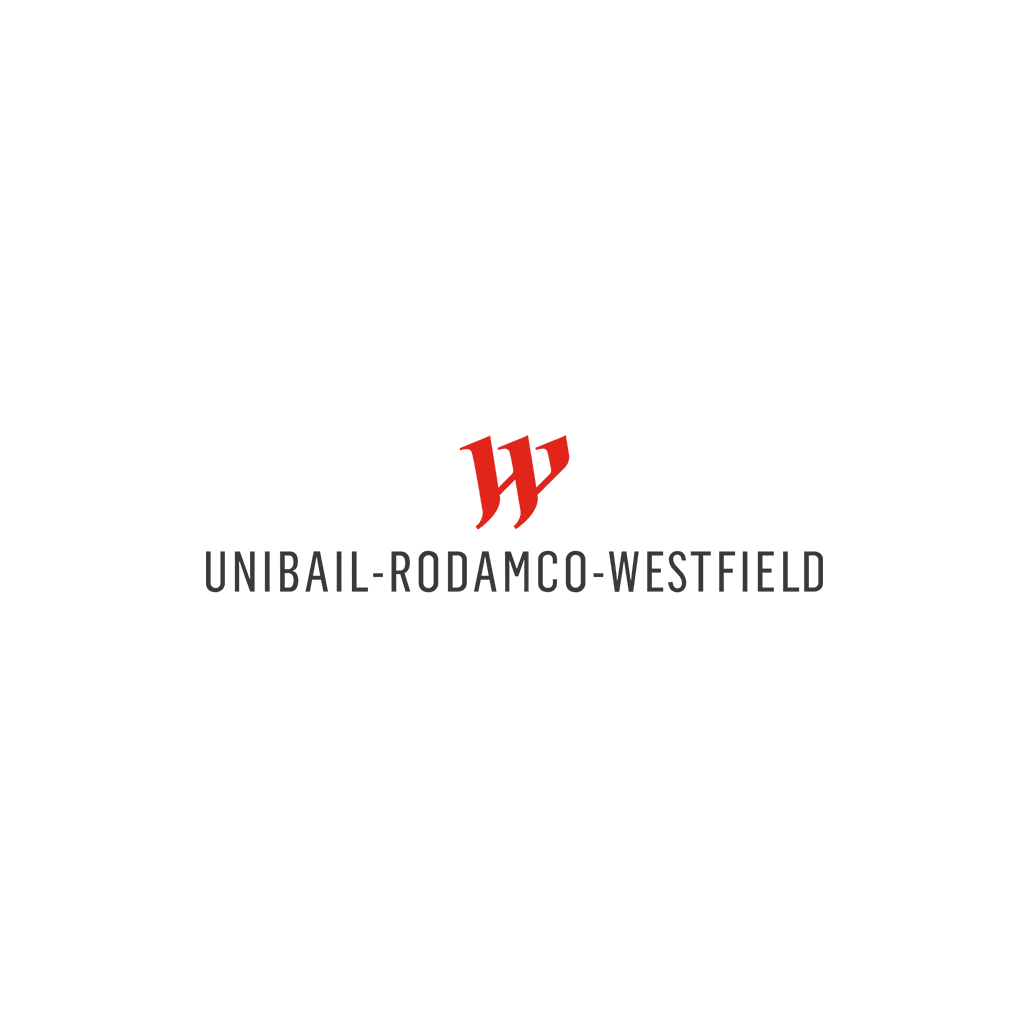Circular economy solutions in 100% of our development projects by 2025

Terms of the action or commitment
This commitment was made in July 2019 as part of the new Better Places 2030. It includes the following actions:
• carrying out preliminary studies to assess the potential for reuse prior to cleaning operations (for renovation projects, for example)
• integration of recycled raw materials in projects
• integration and evaluation of the opportunity of flexibility of use during the design of the building to anticipate potential future evolutions
• carrying out preliminary studies to assess the potential for reuse prior to cleaning operations (for renovation projects, for example)
• integration of recycled raw materials in projects
• integration and evaluation of the opportunity of flexibility of use during the design of the building to anticipate potential future evolutions
Levers mobilized for circular economy (according to Ademe)
Implementation timeline
Starting year
2019
Ending year
2025
Main actors mobilized
Internal actors
Sustainability Team , Development and Works Teams
External actors
Technical design offices, construction companies, specialised players in the circular economy in buildings
Geographic area
All construction (new or extension) of more than 10,000m² in all countries where Unibail-Rodamco-Westfield operates
Photo / Video
2022 follow-up of the action
Date of follow-up
01/01/2022
Methods of validation of the follow-up
To date, the Group is working on the definition and deployment of a reference document on the circular economy, which will form a reading basis for internal monitoring in the future, which will be verified by an independent third party
Status of the action
In progress
Completed
a) Results
Achieved
Partially achieved
Not achieved
b) Numerical / Qualitative information
Cancelled
Explanations
Comparison with the projected pace in the last publications
Keeping up with the times
In advance
Delayed
Partial / Final results
- Creation and internal distribution in 2020 of the “Circular Economy Reference”, bringing together all the definitions and concepts adopted as part of the implementation of the circular economy in our development projects. This document is intended to help train development teams on the theory and concrete implementation of circular economy concepts, in order to meet the group objective. In response to this commitment, a specific requirement: “integration of at least two circular economy “concepts” from the Group’s circular economy guide, based on a technical-economic study” has been added to the Group’s Sustainability Brief in 2020 and is now controlled during project reviews, among other topics.
- The Lightwell development project (France) acted as a pilot allowing the Group to test its circular economy guide. A “resource audit” was carried out before the renovation in order to identify the materials which could be reused on site or off site and some of them were put online to give them a second life. Thanks to the reuse of materials within the framework of the project, 30 tons of CO2 equivalent emissions and 21 tons of waste have been avoided. In 2021, several initiatives planned in France on existing shopping centers have enabled the reuse or recycling of tenant furniture after their departure. This was the case at Westfield Euralille, Westfield Carré Sénart and Westfield La Part-Dieu.
- The design of the Triangle tower was also an opportunity for the Group to implement circular economy principles, in particular on the reversibility of its program. The tower is indeed designed in such a way that, in the long term, certain floors can accommodate other uses if the various current uses are not to continue. As such, some floors initially planned for offices have already been transformed into a hotel without structural modification or the building envelope. The programmatic and constructive predispositions taken thus make it possible to extend the life of the building by adapting its use to the needs, without major work. This therefore reduces the overall need for construction materials as well as the creation of construction waste.
Company's comments
The group must now ensure that in 100% of new development projects, circular economy solutions are well integrated at the earliest in project design in order to meet its commitment for 2025. Updates to the repository will be carried out with the feedback collected as the projects progress.
More information on the urw.com website and on the reference document.



